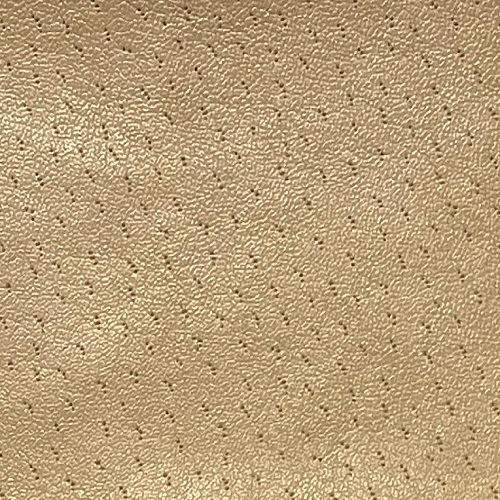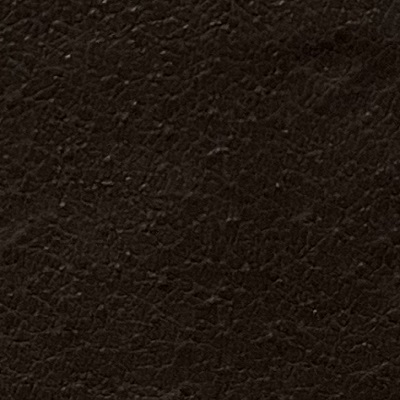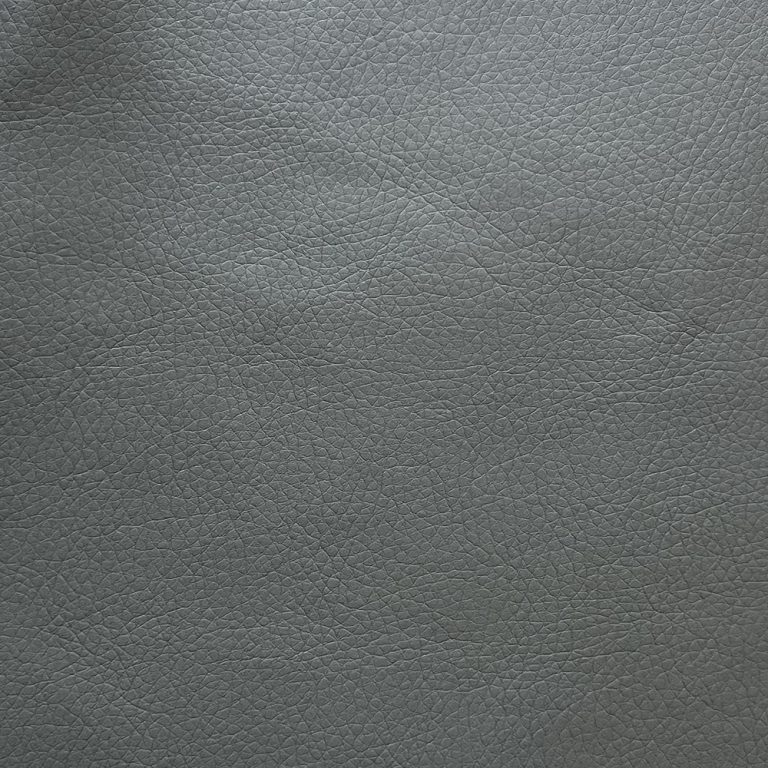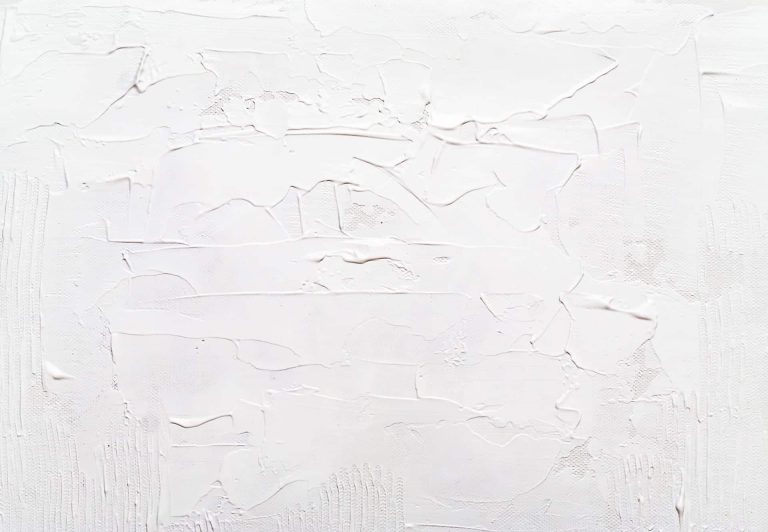Table of Contents
Benefits of Using Genuine Leather for Shoe Making
Leather has been a popular material for shoe making for centuries, and for good reason. Genuine leather offers a wide range of benefits that make it an ideal choice for crafting high-quality footwear. From its durability and flexibility to its natural beauty and breathability, leather has a lot to offer both shoemakers and consumers alike.
One of the key benefits of using genuine leather for shoe making is its durability. Leather is a tough and resilient material that can withstand a great deal of wear and tear, making it perfect for shoes that are meant to be worn regularly. Unlike synthetic materials, which can easily become worn out and damaged over time, leather shoes can last for years with proper care and maintenance.
In addition to its durability, leather is also incredibly flexible. This means that leather shoes can easily mold to the shape of the wearer’s foot, providing a comfortable and custom fit. This flexibility also allows for greater freedom of movement, making leather shoes a great choice for those who are on their feet all day or engage in activities that require a lot of movement.

Another benefit of using genuine leather for shoe making is its natural beauty. Leather has a rich and luxurious appearance that simply cannot be replicated by synthetic materials. The natural grain and texture of leather give shoes a timeless and elegant look that is sure to turn heads. In addition, leather shoes tend to develop a unique patina over time, adding to their character and charm.
One of the most important benefits of using genuine leather for shoe making is its breathability. Leather is a natural material that allows air to circulate around the foot, helping to keep it cool and dry. This can help to prevent the development of odors and bacteria, as well as reduce the risk of foot problems such as athlete’s foot. In addition, the breathability of leather helps to regulate temperature, keeping the foot comfortable in both hot and cold weather.
Overall, the benefits of using genuine leather for shoe making are clear. From its durability and flexibility to its natural beauty and breathability, leather offers a wide range of advantages that make it an ideal choice for crafting high-quality footwear. Whether you are a shoemaker looking to create long-lasting and comfortable shoes or a consumer in search of stylish and functional footwear, leather is a material that is sure to meet your needs. So next time you are in the market for a new pair of shoes, consider choosing leather for a product that is not only fashionable but also built to last.
Different Types of Leather Used in Shoe Manufacturing
Leather has been a popular material for shoe making for centuries due to its durability, flexibility, and aesthetic appeal. There are several different types of leather used in shoe manufacturing, each with its own unique characteristics and qualities. Understanding the differences between these types of leather can help consumers make informed decisions when purchasing shoes.
One of the most common types of leather used in shoe manufacturing is full-grain leather. This type of leather is made from the top layer of the hide and is known for its natural markings and imperfections. Full-grain leather is extremely durable and develops a rich patina over time, making it a popular choice for high-quality dress shoes and boots. However, full-grain leather can be more expensive than other types of leather due to its superior quality.
Another popular type of leather used in shoe manufacturing is top-grain leather. Top-grain leather is similar to full-grain leather but has been sanded and buffed to remove any imperfections. This results in a smoother, more uniform appearance that is often preferred for more formal or professional shoes. While top-grain leather is not as durable as full-grain leather, it is still a high-quality option for those looking for a more refined look.
| Product | Shoe Upper |
| No. | 1 |
Split-grain leather is made from the lower layers of the hide and is typically used for more casual or athletic shoes. Split-grain leather is not as durable as full-grain or top-grain leather, but it is more affordable and can be a good option for those on a budget. Split-grain leather is often used in sneakers, sandals, and other types of casual footwear.
Nubuck leather is another popular choice for shoe manufacturing. Nubuck leather is made from the top layer of the hide, but it has been sanded and buffed to create a soft, velvety texture. Nubuck leather is similar to suede but is more durable and resistant to water and stains. Nubuck leather is often used in casual shoes, boots, and loafers for a more relaxed and comfortable look.
Finally, patent leather is a type of leather that has been treated with a high-gloss finish to create a shiny, reflective surface. Patent leather is often used in formal shoes, such as dress shoes and pumps, for a sleek and polished look. While patent leather is not as durable as other types of leather, it is a popular choice for special occasions or events where a more formal appearance is desired.
In conclusion, there are several different types of leather used in shoe manufacturing, each with its own unique characteristics and qualities. Full-grain leather is known for its durability and natural beauty, while top-grain leather offers a more refined appearance. Split-grain leather is a more affordable option for casual shoes, while nubuck leather provides a soft and comfortable texture. Patent leather is a popular choice for formal shoes with a high-gloss finish. By understanding the differences between these types of leather, consumers can make informed decisions when purchasing shoes that meet their needs and preferences.
How to Care for Leather Shoes to Extend Their Lifespan
Leather shoes are a timeless and versatile footwear option that can elevate any outfit. However, in order to keep your leather shoes looking their best and ensure they last for years to come, proper care and maintenance are essential. By following a few simple steps, you can extend the lifespan of your leather shoes and keep them looking as good as new.
One of the most important aspects of caring for leather shoes is regular cleaning. Dirt, dust, and grime can build up on the surface of the leather, causing it to become dull and worn-looking. To prevent this, it is important to regularly wipe down your shoes with a damp cloth to remove any surface dirt. For tougher stains, a mild soap or leather cleaner can be used, but be sure to test it on a small, inconspicuous area first to ensure it does not damage the leather.
After cleaning your leather shoes, it is important to properly condition them to keep the leather soft and supple. Leather is a natural material that can dry out over time, leading to cracks and creases in the material. To prevent this, it is recommended to use a high-quality leather conditioner or cream to moisturize the leather and restore its natural oils. Apply the conditioner in a thin, even layer and allow it to fully absorb into the leather before wearing the shoes again.
In addition to cleaning and conditioning, it is important to protect your leather shoes from the elements. Leather is a porous material that can be easily damaged by water, so it is important to avoid wearing your leather shoes in wet or rainy conditions. If your shoes do get wet, be sure to dry them slowly and naturally, away from direct heat sources, to prevent the leather from cracking or warping.

Another important aspect of caring for leather shoes is proper storage. When not in use, it is important to store your leather shoes in a cool, dry place away from direct sunlight. Avoid storing them in plastic bags or containers, as this can trap moisture and lead to mold or mildew growth. Instead, use a shoe tree or stuff the shoes with tissue paper to help them maintain their shape and prevent creasing.
Lastly, regular maintenance and upkeep are key to extending the lifespan of your leather shoes. Inspect your shoes regularly for any signs of wear or damage, such as scuffs, scratches, or loose stitching. Addressing these issues promptly can prevent further damage and prolong the life of your shoes. Additionally, consider having your shoes professionally cleaned and polished on a regular basis to keep them looking their best.
In conclusion, caring for leather shoes is essential to maintaining their appearance and extending their lifespan. By following these simple steps, you can keep your leather shoes looking as good as new for years to come. Remember to clean, condition, protect, store, and maintain your leather shoes regularly to ensure they remain a staple in your wardrobe for years to come.







